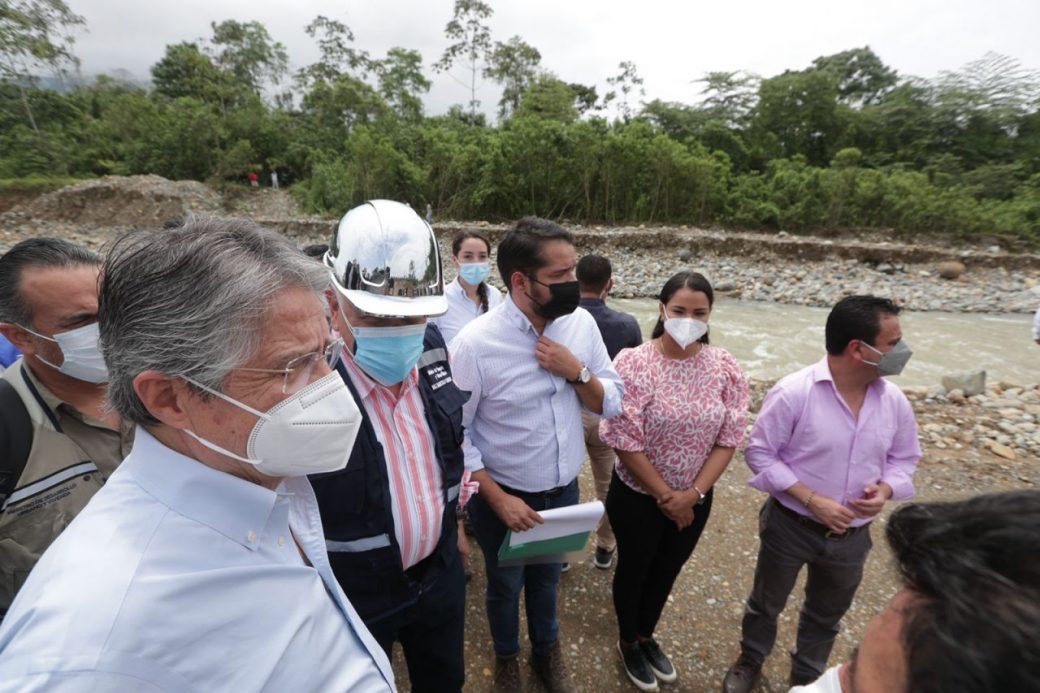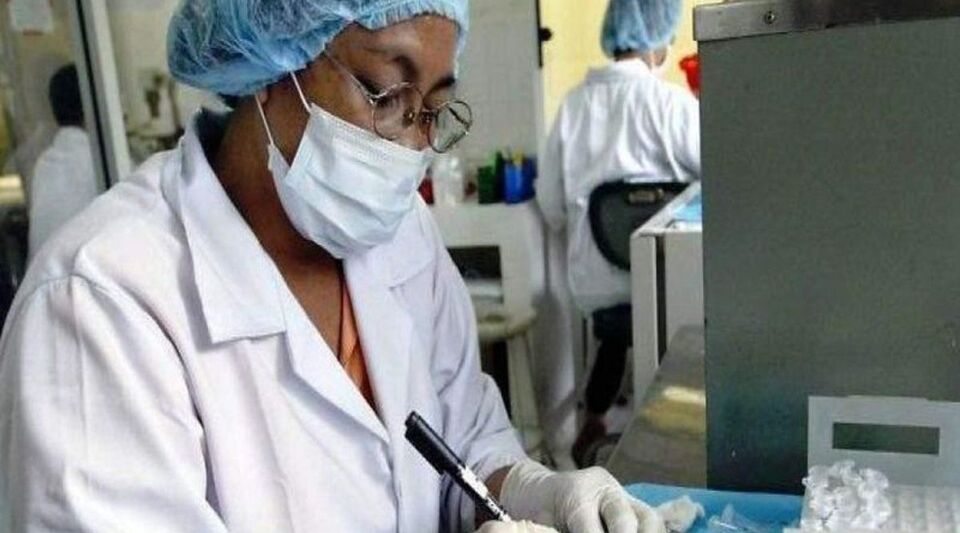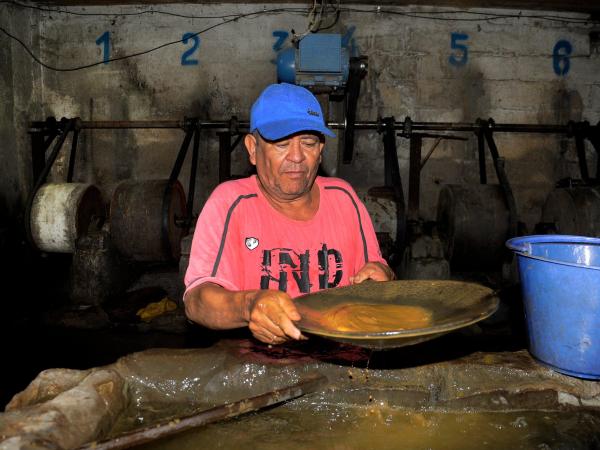The Development Bank of Ecuador will create a financial product that will provide resources to local government projects with that objective.
President William Lasso signed an inter-institutional agreement to promote investments intended for the disaster risk reduction for a total value of 300 million dollars, reported this Friday (February 18) the Presidency.
During a visit to the province of Los Ríos, in which the President toured the areas affected by the recent winter storm, this agreement was signed between the National Service for the Management of risks and Emergencies (SNGRE) and the Development Bank of Ecuador (BDE), which will allow the bank to structure a financial product for different projects.
These may be pre-investment, investment, acquisitions and institutional strengthening for the disaster risk reductionadaptation to climate change and response preparation, which will be presented by the Decentralized Autonomous Governments (GAD), their public companies and fire departments, is detailed in an official statement.
It is anticipated that the investment It can be used, for example, to undertake projects to rehabilitate basic service systems such as drinking water and electricity.
In this regard, Lasso insisted that drinking water and sewerage are priorities for the Government and ordered the BDE to accelerate the disbursement of credits to the cantons that require them to materialize this initiative.
The Ecuadorian president urged citizens to access the credits available in BanEcuador at an interest of 1% and a term of 30 years so that they can recover from the climatic attacks.
“There are no big requirements, there are no obstacles, you don’t need sponsors or brokers,” he said before extending his support to the farmers to whom he promised assistance packages, seeds and fertilizers.
lasso met with local authorities and toured the sector to assess the consequences of the winter season that caused the Balsa, San López, San Pablo, Quevedo, Mocache and Estero del Lagarto rivers to overflow, leaving 16 dangerous events such as structural collapses, floods and undercuts.
It is estimated that these incidents caused by heavy rainfall left 1,600 people affected, 281 homes and more than 2,000 hectares of crops affected. EFE
IT MAY INTEREST YOU:
How to prevent inflation from ‘eating’ your income?
Sangolquí in emergency after heavy rains
The CFN was managed at will for 5 years








